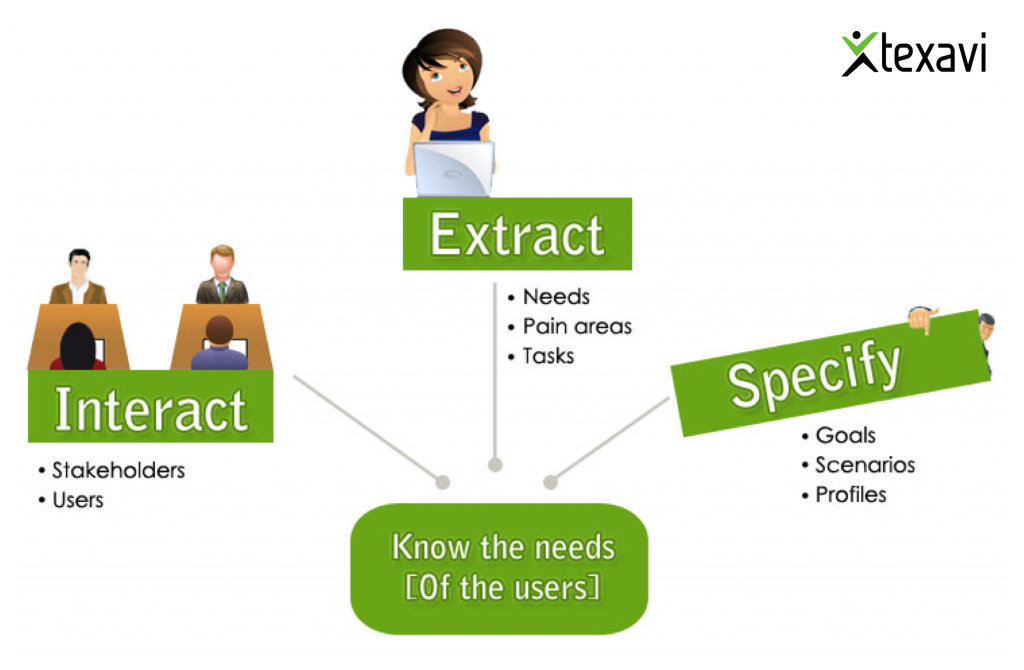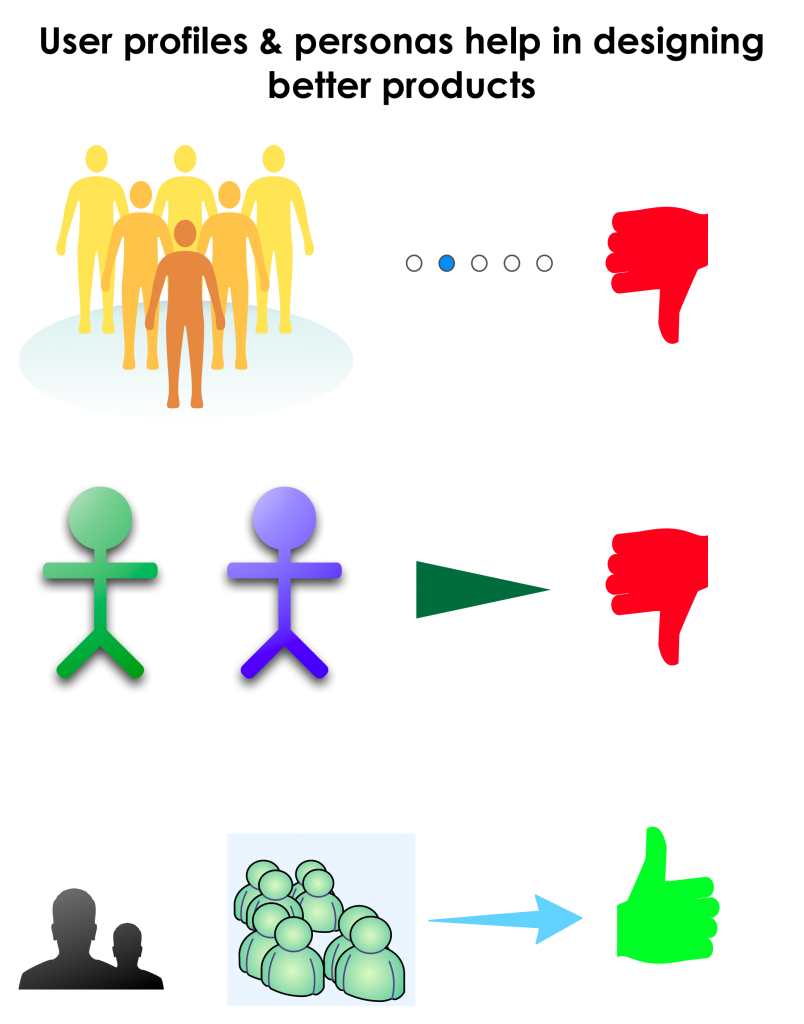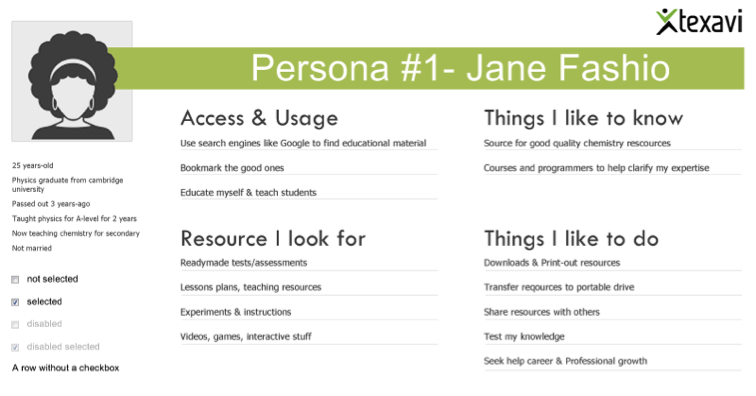Why designing for ‘average user’ is a myth
“There is no Average Joe Bloggs” – reads the copy on the billboard advertisement of an insurance company. I couldn’t agree more with this, especially in the context of designing and developing new products for end users. No matter how much I like Statistics, we just cannot apply it to all things in our personal and professional lives. While its good to be number-savvy, we need to balance the quantitative with qualitative aspects, to get it right. More so in the case of product design and development, the “law of averages” doesn’t quite contribute to the successful product development. We are all familiar with the concept of user profiles and personas used in the design and development of products. These help a great deal in understanding the real needs and goals of your target audience. In this post, I will dwell on why designing for average users is a misconception and how we can make use of user profiles and personas in developing successful products.
All customers are not users
This is the biggest notion among my clients that customers are well, users of the products. Not always true! The good thing is that both customers and users are both people, the similarities end there. I think that “Customers” is a favourite term for Marketers whereas Designers and User Experience professionals connect better with the term “Users”. Customers are the people who purchase your products and services, while consumers or users use these. In some cases or well, most cases customers and consumers are the same. As in the case of some daily use products, white goods, FMCG, customers and users are the same i.e., people who buy your products use them as well. But in the case of high-end products, enterprise applications and productivity solutions, buyers could be different from consumers. For instance, office supplies, financial services, technology products like computers etc., the people who pay are different from those who suggest. These in turn are different from the people who decide and yes, the people who actually use the products or services could be completely different from the above groups.
First, know your Users
Knowing your users is the most important step in the approach to developing great products. By knowing your users, I mean to say that you must understand the goals and needs of the users. This understanding will help you in shaping your product or service, make it more suitable and appealing for the users. You can’t just create a product in thin air and then retro-fit it to the benefit of some people. As they say, the most important question in any business is asking “whose needs is the idea/concept/product going to solve?” . Texavi’s Unified Experience Framework has a whole phase dedicated to help you get to this. The “Know the Needs of your Users” phase has all the tools, techniques and technologies to ensure that we understand the real needs of the users. These are often unwritten, untold, unexpressed and even unknown to the very users. So, its a big challenge to get to the real needs of the users.
User profiling holds the key
It doesn’t make sense to design and develop your products for all the people in the whole world. There is a danger of missing out on most people, as they think it doesn’t suit their specific needs and goals. Also, on the extreme end, it doesn’t make sense to design your products for one or two users. This argument lends weight for some people to think the middle path and rely on the law of averages. So, they think that the best path is to design and develop for average user. But hold on, what is an average user? How can you get to that person and define the characteristics of average user? The answer to this question lies in the user profiles and personas. User profiles are essentially the characteristic grouping of users based on various properties, traits and behaviours. This doesn’t mean that you are defining an average user. Instead, you are trying to understand the essential aspects of your users. Using the profiles and personas helps the team to have a common language of understanding. This not only helps them in having a good picture of the end users, but also gives them a great affinity to the users, because of the name, form and physical characteristics.
Personas – archetypes not stereotypes
You might have heard of the term “persona” used in the context of marketing, research and product design. A persona is a representative user from amongst the group, but does not point to one user from within the group. It is a powerful design tool that helps the design and development teams and client relate to the target audience. Persona is not a stereotype of the users, but rather an archetype from the user group. In a persona, you give a form, a name and a picture to the representative users, so that all the team members and concerned people can relate to that person more effectively and easily.
Benefits of user profiles and personas
While there are many benefits of using the user profiles and personas in the product development life cycle, I list below a few of them that really stand out.
- Understand the real users who you should target from amongst the many people in the population
- Help prioritise the target segments within the groups of people
- Know the real needs and goals of the target audience
- Support in connecting and relating to the real needs of the users
- Design, develop the products in a more practical and pragmatic manner
- Evaluate and test the products, keeping the real users in mind
- Minimise the effort, time and cost of development and rework
Hope you agree with me now that the average user is a myth and acknowledge the power of profiles and personas. Please keep writing in with your suggestions and comments. Till the next post, ciao!




Responses